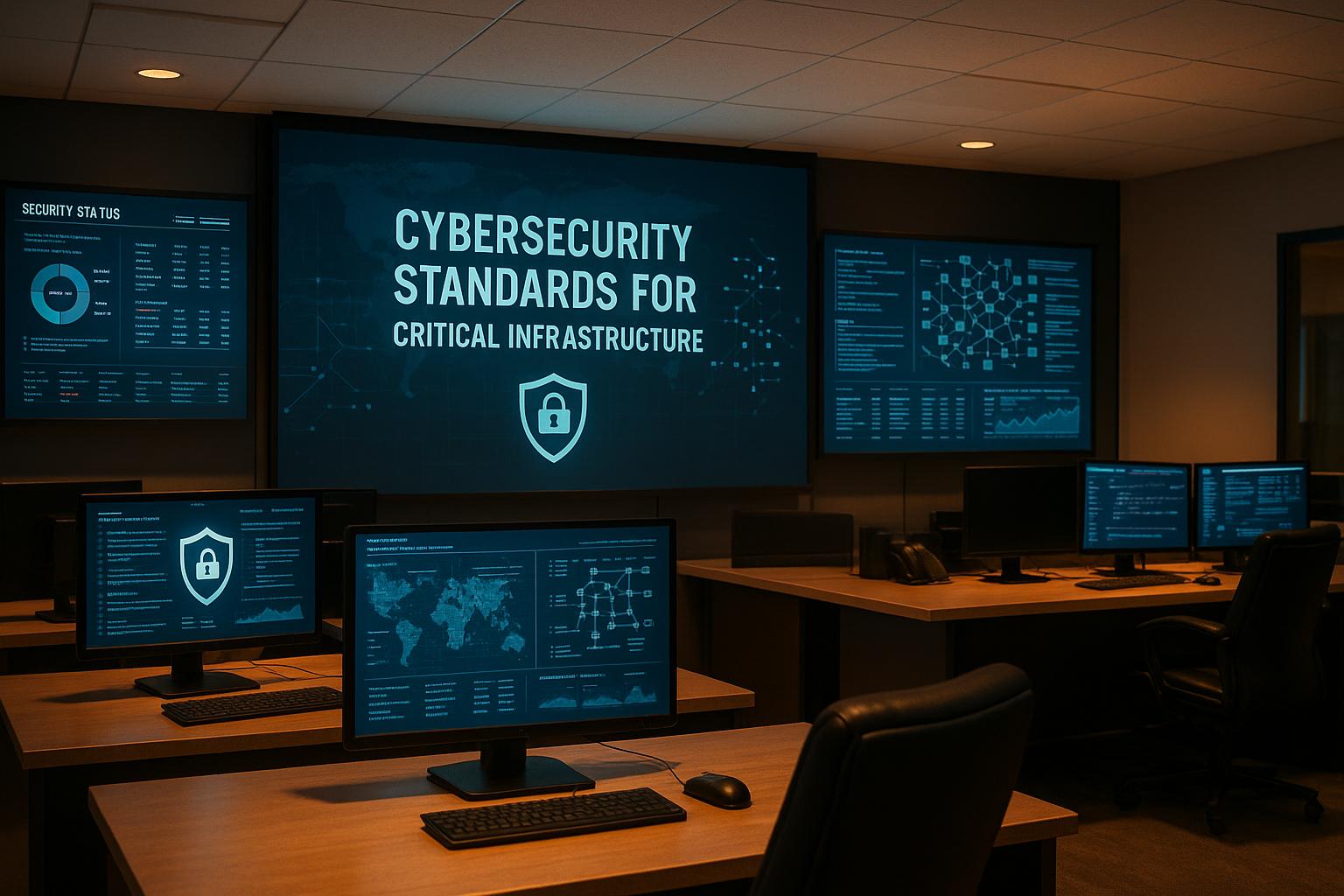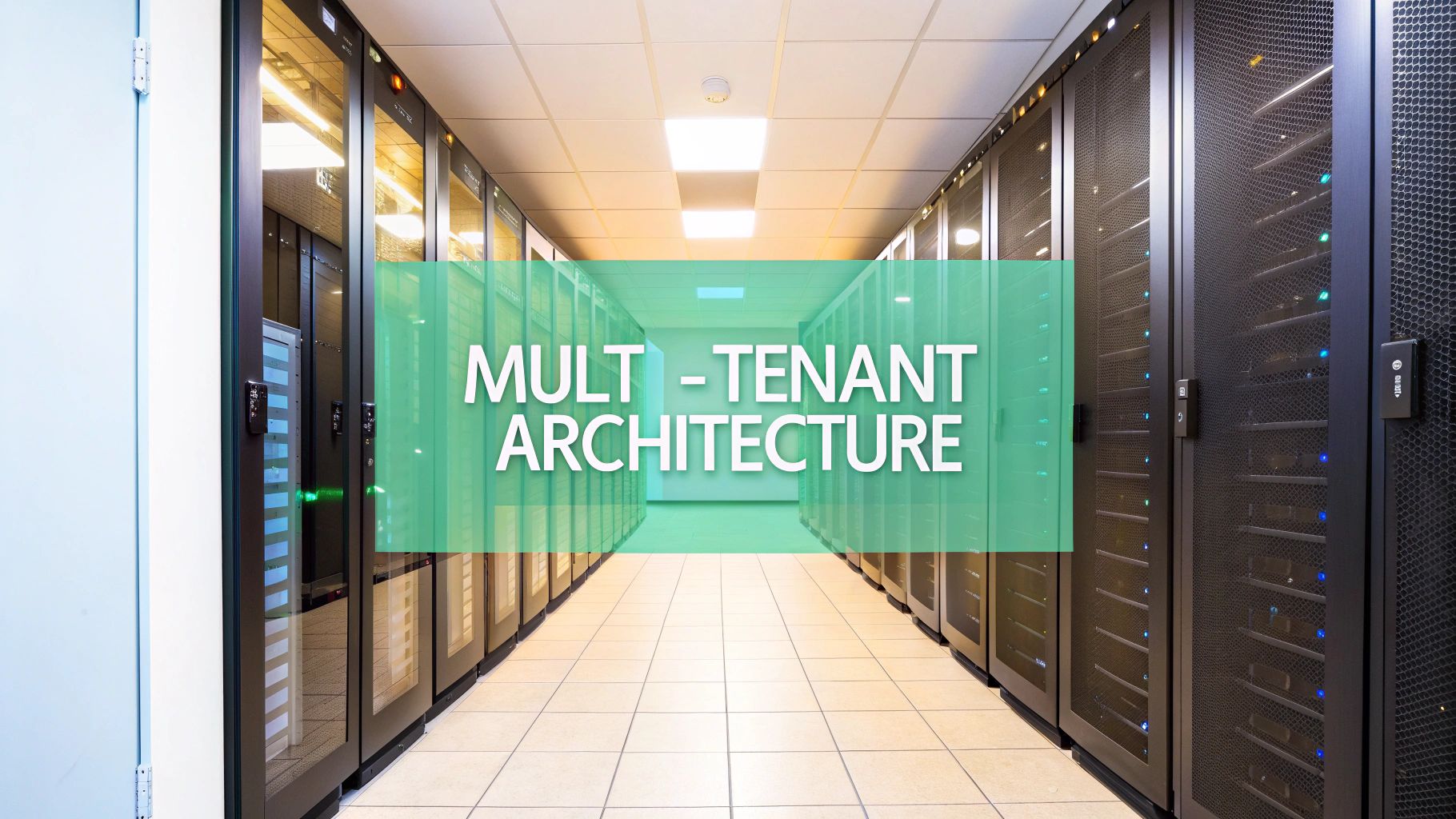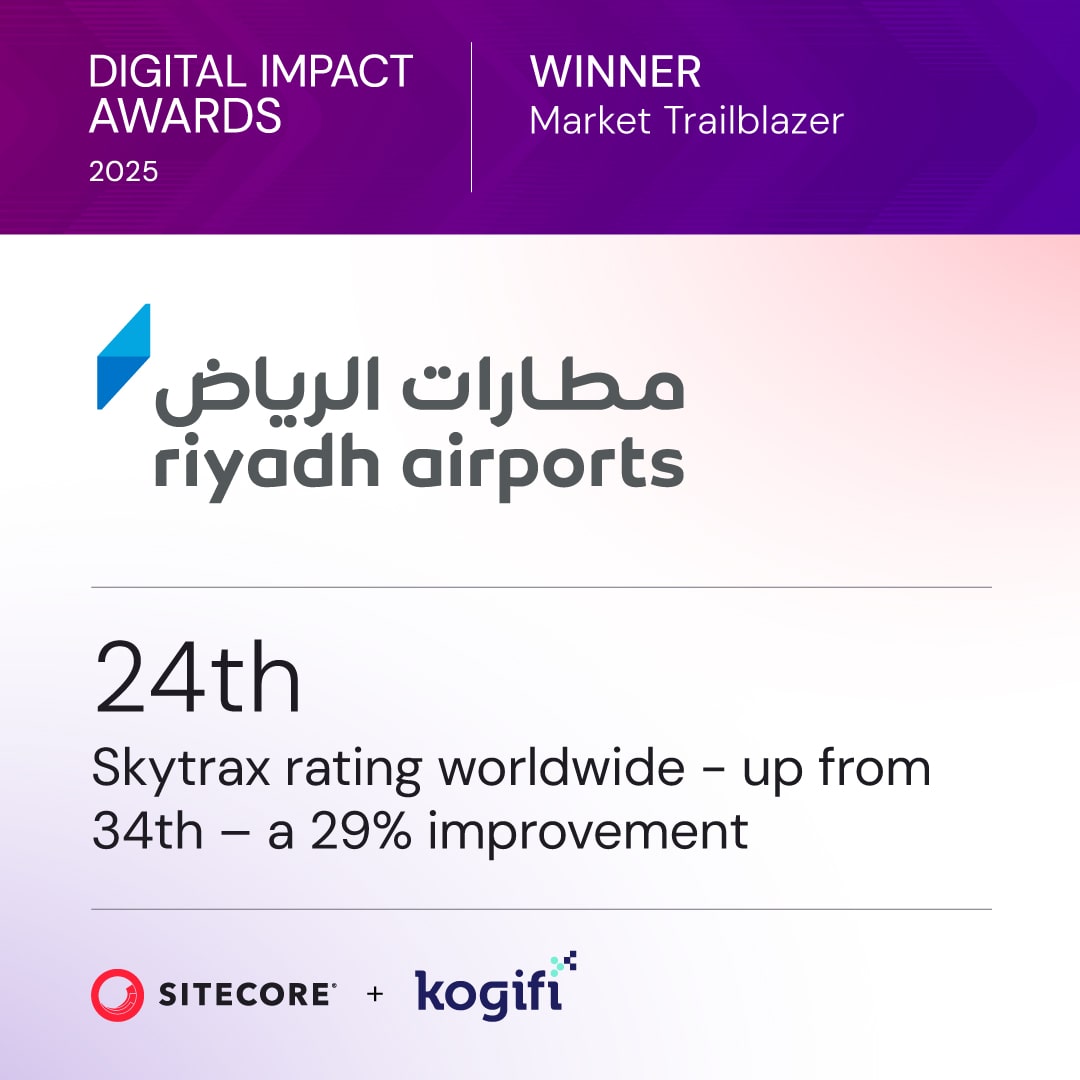Critical infrastructure systems like power grids and water networks are under constant threat from cyberattacks. Protecting these systems is crucial for national security, public safety, and economic stability. Here's a breakdown of the key frameworks and practices designed to safeguard these essential systems:
- NIST Cybersecurity Framework (CSF) 2.0: Focuses on six functions - Govern, Identify, Protect, Detect, Respond, Recover. It's flexible and widely used across industries.
- ISO/IEC 27001: A global standard requiring formal audits and documentation for organizations needing certification.
- CIS Controls: Offers prioritized, actionable steps for organizations with limited resources.
- NERC CIP: Tailored to protect North America's bulk electric systems.
Why It Matters:
- Cyberattacks on critical infrastructure have surged, with over 420 million incidents reported globally from 2023 to 2024.
- High-profile attacks, like the Colonial Pipeline and healthcare breaches, show the devastating impact of weak cybersecurity.
- Federal policies, such as CIRCIA and guidance from CISA, emphasize mandatory incident reporting and sector-specific regulations.
To protect critical infrastructure, organizations must assess risks, implement standards, and create incident response plans. Combining frameworks like NIST CSF and CIS Controls can address diverse threats while ensuring compliance. With cybercrime costs projected to exceed $6 trillion annually, investing in cybersecurity is essential for resilience and safety.
Secure Critical Infrastructure with ISA/IEC 62443
Major Cybersecurity Standards and Frameworks
Critical infrastructure operators depend on established frameworks to effectively manage risks. These frameworks often focus on governance, practical controls, or a mix of both. Each offers a unique way to handle cybersecurity challenges, helping organizations choose the right fit for their specific needs and regulatory demands.
NIST Cybersecurity Framework (CSF) 2.0
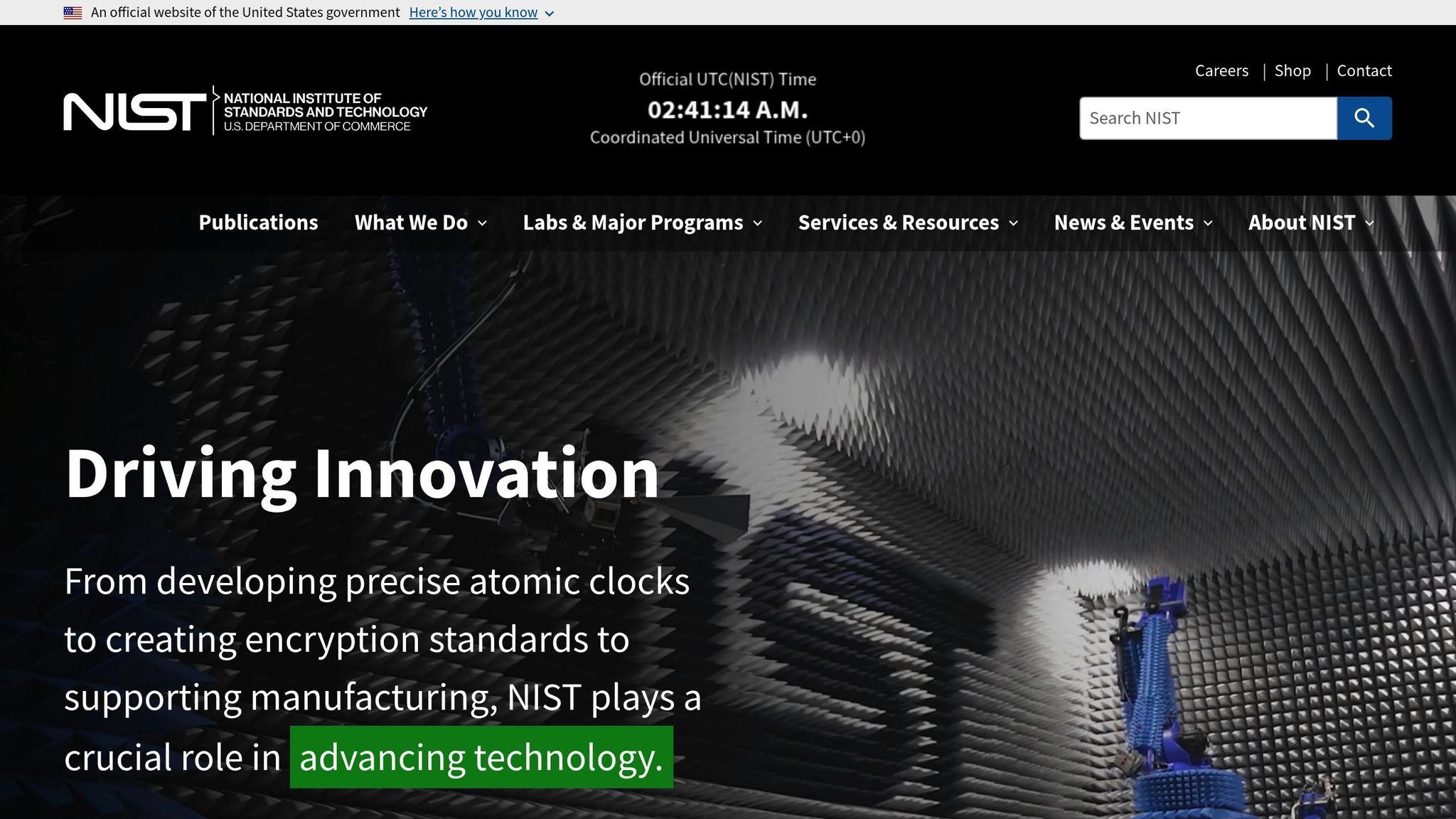
The NIST Cybersecurity Framework (CSF) is the most commonly used cybersecurity standard in the United States. First introduced in 2014, it quickly became a go-to resource. The latest version, NIST CSF 2.0, was released in February 2024 after a public draft in 2023.
What makes NIST CSF 2.0 stand out is its six core functions: Govern, Identify, Protect, Detect, Respond, and Recover. The addition of "Govern" highlights the importance of aligning cybersecurity efforts with business objectives right from the start. This new function strengthens the framework's focus on strategic planning and governance.
The framework’s flexibility allows organizations to adapt it to their unique risks and needs. This adaptability makes it especially useful for critical infrastructure sectors dealing with diverse threats and operational challenges.
"The CSF 2.0, which supports implementation of the National Cybersecurity Strategy, has an expanded scope that goes beyond protecting critical infrastructure, such as hospitals and power plants, to all organizations in any sector." - NIST
NIST CSF 2.0 also emphasizes supply chain risk management and measuring cybersecurity outcomes. Additionally, it pre-maps to other standards like CIS Controls and ISO 27001, simplifying compliance across multiple frameworks.
To get started, organizations should evaluate their current security measures against the framework’s subcategories. This helps create a clear plan for improvement while ensuring operations remain uninterrupted.
While NIST CSF offers flexibility, other standards take a more structured approach to cybersecurity.
ISO/IEC 27001 and Related Standards
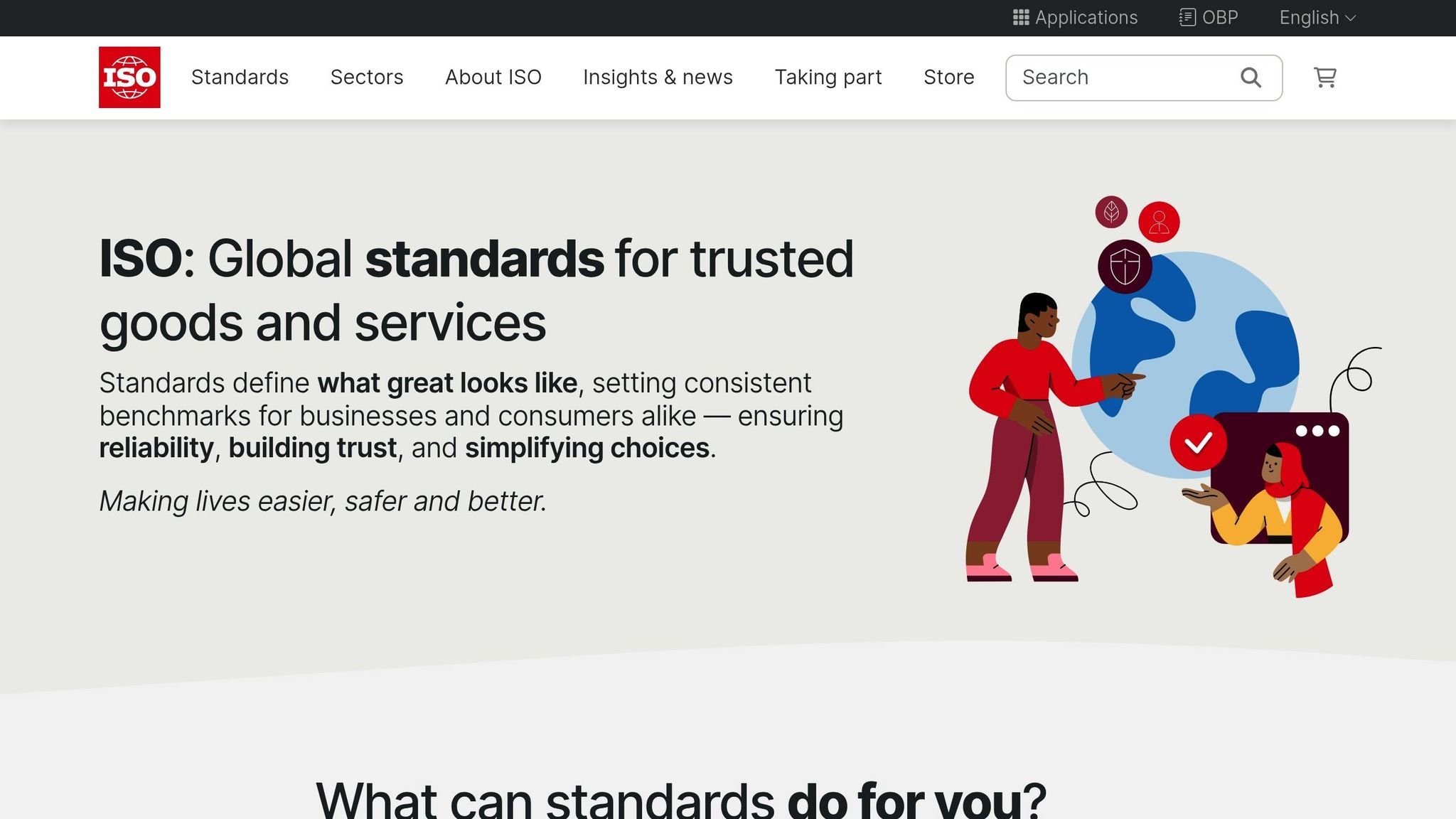
ISO/IEC 27001 is an internationally recognized standard that takes a systematic approach to cybersecurity through its Information Security Management System (ISMS). It requires organizations to continually improve their security practices through structured risk management processes.
A key strength of this standard is its formal methodology. It requires organizations to assign specific roles, implement security controls, and maintain ongoing risk management. Certification involves formal audits and detailed documentation, making it ideal for organizations that need to demonstrate compliance to regulators and stakeholders.
This standard is particularly suited for industries handling sensitive data or those operating under strict regulations. Its focus on continuous improvement ensures that security measures evolve alongside emerging threats and business needs.
For organizations looking for quicker, actionable solutions, other frameworks may be more practical.
CIS Controls and NERC CIP

CIS Controls provide a set of prioritized, actionable steps to improve cybersecurity. These are especially useful for organizations with limited resources. The framework focuses on practical measures that address common attack methods, making it a great choice for those needing immediate improvements.
Unlike ISO/IEC 27001, CIS Controls do not require extensive documentation or formal processes. Instead, they emphasize implementing specific security actions, which is particularly beneficial for smaller organizations or those with limited cybersecurity expertise.
On the other hand, NERC CIP is tailored for North America's bulk electric systems. It’s essential for utility and power operators, as it balances the need for security with the demand for uninterrupted operations.
NERC CIP addresses the unique challenges of the energy sector, ensuring that security measures do not disrupt critical services. This balance is vital for maintaining the reliability of energy infrastructure.
"Compliance requirements, controls, and policies are all things that need to be reviewed and updated on an ongoing basis in order to stay truly secure." - Shrav Mehta, CEO
By combining these frameworks, critical infrastructure organizations can create a robust cybersecurity strategy. Many use NIST CSF as their foundation while incorporating specific elements from CIS Controls or sector-focused standards like NERC CIP. This layered approach helps address both general cybersecurity needs and industry-specific challenges.
| Framework | Primary Focus | Best For | Certification Required |
|---|---|---|---|
| NIST CSF 2.0 | Flexible risk management with governance focus | Organizations seeking adaptable, comprehensive solutions | No |
| ISO/IEC 27001 | Formal management system | Organizations needing certification and detailed documentation | Yes |
| CIS Controls | Practical, prioritized security actions | Organizations looking for quick, actionable improvements | No |
| NERC CIP | Bulk electric system protection | Utility and power sector organizations | Yes (for applicable entities) |
Each framework offers distinct advantages for protecting critical infrastructure. The key is finding the right mix to meet regulatory demands, operational priorities, and resource availability, while staying prepared for evolving cyber threats.
U.S. Regulatory and Compliance Requirements
Federal policies build on established cybersecurity standards to outline clear obligations for protecting critical infrastructure. These regulations apply to both public and private organizations, creating a framework to safeguard the systems Americans rely on daily, from power grids to healthcare networks.
Executive Orders and Federal Policies
Presidential Policy Directive 21 (PPD-21) sets the foundation for protecting critical infrastructure nationally. This directive focuses on ensuring secure, functioning, and resilient systems by identifying key sectors such as energy, healthcare, and transportation, which form an interconnected ecosystem.
In March 2022, President Biden signed the Cyber Incident Reporting for Critical Infrastructure Act (CIRCIA), requiring critical infrastructure organizations to report cyber incidents. The Cybersecurity and Infrastructure Security Agency (CISA) published a Notice of Proposed Rulemaking (NPRM) on April 4, 2024, which was open for public feedback until July 3.
Recent geopolitical events have also driven federal action. On June 30, 2025, CISA, the FBI, the Department of Defense Cyber Crime Center (DC3), and the NSA issued a joint warning about increased cyber threats from Iran-affiliated groups targeting U.S. critical infrastructure in response to the Iran conflict.
CISA's Role in Critical Infrastructure Security
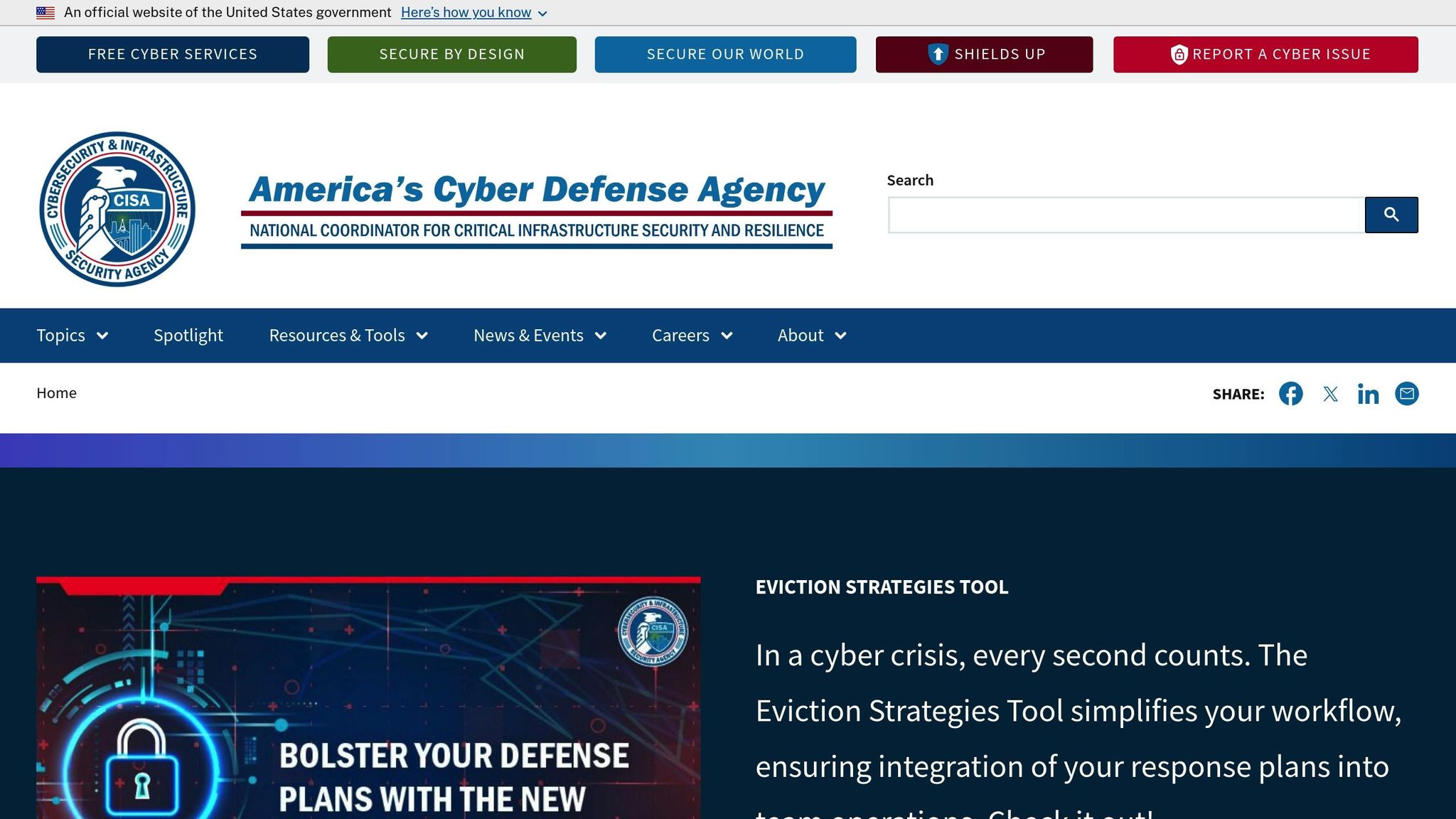
The Cybersecurity and Infrastructure Security Agency (CISA) plays a central role in coordinating efforts to protect critical infrastructure. CISA partners with state, local, and industry stakeholders to secure the systems Americans depend on. The agency provides a wide range of services to strengthen both cybersecurity and physical security across all sectors.
CISA deploys experts nationwide through regional offices to deliver customized cybersecurity support to critical infrastructure operators and local government partners. Organizations can connect with CISA Central, the agency's primary hub for information and services. Reports of cyber incidents or unusual activity can be submitted 24/7 via email at report@cisa.gov or by calling 1-844-Say-CISA.
To further assist, CISA offers specialized programs like in-person assist visits and comprehensive exercise planning. These services aim to bolster both cybersecurity and physical security. Interested organizations can reach out via central@cisa.dhs.gov for assist visits or cisa.exercises@mail.cisa.dhs.gov for exercise planning support.
These federal initiatives and resources provide organizations with the tools to establish and maintain strong cybersecurity practices.
Sector-Specific Regulations
In addition to federal mandates, sector-specific regulations address the unique risks faced by different infrastructure sectors. Sector Risk Management Agencies (SRMAs) and independent regulatory bodies conduct risk assessments, including those for emerging challenges like AI-related vulnerabilities.
The Healthcare and Public Health (HPH) sector is under particular scrutiny due to the sensitive nature of patient data and the critical role of medical services. CISA collaborates with partners to offer tools, training, and information designed specifically for healthcare organizations. These resources address both cybersecurity threats and the operational demands of medical facilities.
The Water and Wastewater Systems sector also receives focused attention. CISA and the EPA work together to protect water treatment facilities and distribution systems from cyber threats. Given its vital role in public health, this sector is a high-priority target for both regulation and support.
K-12 Education has recently become a focus for CISA. The agency aims to improve cybersecurity awareness and practices within educational institutions, which often lack dedicated cybersecurity resources. Efforts include educating schools about phishing risks and other online threats.
Critical Infrastructure Operators (CIOs) are encouraged to take proactive measures to ensure compliance. This includes conducting internal assessments to identify essential systems, evaluating the potential impact of security incidents, and documenting findings. Operators should also develop security plans that outline responsibilities, policies, and procedures for addressing threats. Establishing safeguards and monitoring measures for external service providers is equally important.
As the regulatory environment evolves, organizations must stay informed about legislative updates and new Codes of Practice from regulatory bodies. Regular training for staff helps teams keep up with changing requirements and emerging threats.
How to Implement Cybersecurity Standards
Turning regulatory requirements into actionable security practices demands a clear and structured approach. Organizations need comprehensive cybersecurity programs that address vulnerabilities, establish governance, and prepare for potential incidents.
Risk Assessments and Gap Analysis
Start by creating a detailed inventory of all assets. This includes cataloging IT systems, operational technology (OT), networks, and data assets. Without a full understanding of what needs protection, safeguarding these systems becomes nearly impossible. For instance, OT systems, which control physical processes in critical infrastructure, are especially vulnerable and require close attention.
A stark reminder of this came from past cyberattacks on Ukraine's power grid, underscoring the importance of continuous network monitoring. Following frameworks like NIST SP 800-30 can guide organizations through preparing, evaluating, communicating, and reassessing cybersecurity risks.
"As more of our physical world is connected to and controlled by the virtual world, and more of our business and personal information goes digital, the risks become increasingly daunting. While it has never been more important to manage cybersecurity risk, it also has never been more difficult." - Dave Hatter, Cybersecurity Consultant, Intrust IT
Conducting a gap analysis is the next step. This involves pinpointing weaknesses in technical controls, processes, and third-party dependencies, then prioritizing risks based on their potential business impact. Methods like penetration testing, security audits, self-assessment questionnaires, and automated scanning tools can help identify vulnerabilities. With the average cost of a data breach now at $4.45 million, a thorough risk assessment is a necessity, not a luxury.
Addressing these risks lays the groundwork for better governance and continuous improvements.
Governance and Continuous Improvement
Executive buy-in is crucial for cybersecurity efforts. Leaders must visibly support security initiatives by allocating resources and showing their commitment to safeguarding critical infrastructure.
The Plan-Do-Check-Act (PDCA) cycle offers a reliable framework for ongoing improvements in cybersecurity. This four-step process ensures that security measures adapt to evolving threats and organizational needs.
Key Performance Indicators (KPIs) are essential for measuring success. These metrics can track technical elements like vulnerability remediation times and operational factors like employee security awareness. Regular monitoring helps organizations identify trends and refine their strategies.
Establishing security governance structures is another key step. Cross-functional teams representing different business units and technical areas can ensure a holistic approach to security. Programs like Security Champions, which designate employees as security advocates within their departments, help create an informed and proactive workforce.
Tools like SIEM (Security Information and Event Management) can detect and address threats in real time. Meanwhile, tabletop exercises simulate realistic breach scenarios, allowing teams to practice communication and decision-making under pressure. These exercises also reveal gaps in existing procedures.
Adopting Zero Trust Architecture (ZTA) principles ensures that every access request is verified, validated, and limited, regardless of the user's location or prior authentication. This model assumes threats could already exist within the network and requires constant validation of all access attempts.
Once governance is in place, organizations need clear plans for incident response and business continuity.
Incident Response and Business Continuity Planning
An effective incident response plan outlines roles, responsibilities, and communication protocols for handling security incidents. These plans should cover everything from minor events to major breaches that could disrupt operations. Aligning these strategies with earlier cybersecurity frameworks ensures a cohesive defense.
Business continuity planning focuses on maintaining essential services during significant cybersecurity incidents. This involves identifying critical systems, setting recovery priorities, and defining acceptable downtime limits.
Access controls are vital for both routine operations and emergencies. Industrial Control Systems (ICS), which often manage physical infrastructure, require special attention to prevent safety hazards during a breach.
Network segmentation is another critical strategy. By isolating operational technology from corporate networks and external connections, organizations can limit an attacker's ability to move laterally within systems. Layered segmentation adds further protection for critical infrastructure.
Regular patch management and automated scanning tools can help reduce vulnerabilities and shrink the attack surface.
Encouraging a security-focused culture starts with anonymous reporting mechanisms, which allow employees to report concerns without fear of retaliation. Early identification of issues through these channels demonstrates the organization's commitment to security.
Training programs should cater to specific roles within the organization. Technical staff require different skills than administrative personnel, so training must reflect these varied responsibilities while ensuring everyone understands their part in maintaining security.
Staying informed about emerging threats is also crucial. Leveraging threat intelligence and participating in public-private partnerships can provide valuable insights into new risks and attack methods relevant to specific industries.
Implementing cybersecurity standards is not a one-time task. It demands ongoing updates and a commitment to improvement, allowing organizations to stay ahead of new vulnerabilities and threats while effectively protecting their critical assets.
sbb-itb-91124b2
Cybersecurity Standards Comparison
Selecting the right cybersecurity standard for critical infrastructure isn’t as simple as picking one off the shelf. Each framework has its strengths and challenges, and understanding these can help decision-makers create a tailored approach that fits their specific needs. Below, we’ll break down the key features, costs, and technical demands of some widely used standards to help guide your decision.
The NIST Cybersecurity Framework (CSF) 2.0 stands out for its risk-based methodology. Being voluntary, it works across various industries and business sizes. A notable feature of NIST CSF 2.0 is its new "Govern" function, which helps organizations align cybersecurity with their broader strategic goals.
ISO/IEC 27001:2022 takes a more formalized approach by focusing on an Information Security Management System (ISMS). It’s especially relevant for businesses requiring global compliance. This standard emphasizes safeguarding data confidentiality, integrity, and availability, and it offers third-party certification, which can be crucial for regulatory and business partnerships.
CIS Controls v8 is all about actionable steps. It provides prioritized technical controls designed to counter common cyberattacks, making it a practical choice for organizations looking to enhance their defenses with clear, straightforward guidance.
For the electric sector, NERC CIP standards add another layer of protection, focusing on compliance specific to the Bulk Electric System. These standards often complement broader frameworks like NIST CSF.
Standards Comparison Table
Here’s a quick look at how these frameworks stack up:
| Feature | NIST CSF 2.0 | ISO/IEC 27001 | CIS Controls v8 | NERC CIP |
|---|---|---|---|---|
| Primary Focus | Strategic planning, risk management | Regulatory compliance, ISMS certification | Security improvements, technical controls | Electric sector compliance |
| Scope | Broad, risk-based across all sectors | Governance-driven, global standard | Practical, action-oriented | Bulk Electric System protection |
| Certification Available | No | Yes (third-party) | No | Compliance-based |
| Implementation Cost | Cost-effective | Higher (audits, certification fees) | Cost-effective | Varies by utility size |
| Flexibility Level | High customization | Moderate adaptation | Lower flexibility | Sector-specific requirements |
| Technical Expertise Required | High (risk interpretation) | Moderate to high | Moderate (clearer guidance) | High (OT/IT integration) |
| Best Suited For | Strategic governance needs | Global compliance focus | Quick, practical security gains | Electric utilities and operators |
Cost and Complexity
Cost is a major factor when choosing a framework. NIST CSF and CIS Controls are more budget-friendly since they don’t require expensive certifications or audits. On the other hand, ISO/IEC 27001:2022 involves higher costs due to its certification process, but that investment can pay off by boosting credibility with global partners and meeting regulatory demands.
Technical complexity also varies. NIST CSF requires a deep understanding of your organization’s risk profile, while CIS Controls offers more straightforward guidance for implementation. ISO/IEC 27001 leans toward a management-focused approach, emphasizing risk-based processes rather than detailed technical controls.
Combining Frameworks for Better Coverage
Many organizations find that combining elements from multiple frameworks works best. For example, electric utilities might use NERC CIP to meet regulatory requirements while adopting NIST CSF 2.0 to strengthen their overall operational technology security. This mix-and-match approach allows businesses to address specific needs while building a well-rounded cybersecurity program.
Ultimately, the choice of framework - or combination of frameworks - depends on your organization’s priorities. If you’re facing immediate threats, starting with CIS Controls can provide quick wins. For long-term planning, NIST CSF offers a more strategic roadmap. Companies operating globally often choose ISO/IEC 27001 certification to meet international standards, while critical infrastructure operators must account for sector-specific requirements like NERC CIP.
Conclusion and Key Takeaways
Protecting critical infrastructure from cyber threats isn’t just a technical hurdle - it’s a matter of national security. In 2022 alone, the FBI recorded ransomware attacks targeting 870 critical infrastructure organizations spanning 14 sectors.
The financial stakes are staggering. In 2021, ransomware-related losses in the U.S. reached nearly $886 million, marking a 68% jump from the previous year. Fast forward to 2023, and we see attacks like the one on Pierce County Public Transportation in Washington State, where hackers demanded nearly $2 million in ransom.
Adopting frameworks like NIST CSF 2.0, ISO/IEC 27001, and CIS Controls not only strengthens resilience but also positions businesses for growth. These frameworks are especially valuable for companies working with critical infrastructure operators, offering a clear advantage when competing for contracts.
Compliance is another critical piece of the puzzle. Falling short on established standards can lead to hefty penalties - violations of GDPR, for instance, can result in fines up to €20 million or 4% of annual global revenue. Beyond avoiding fines, compliance builds trust with customers, partners, and regulators, showcasing a company’s commitment to safeguarding data and ensuring operational security.
Expert guidance plays a vital role in moving beyond basic compliance. Resources like CISA’s detailed assessments help organizations shift from reactive measures to proactive, ongoing security. Collaborations between public and private sectors further enhance the ability to respond effectively to cyber threats.
To foster a resilient cybersecurity culture, organizations need to focus on key areas: asset management, risk assessments, response and recovery planning, real-time monitoring, and continuous training. These efforts support not just compliance but also continuous improvement.
With cybercrime damages expected to surpass $6 trillion annually, the cost of inaction is far greater than the investment in robust cybersecurity measures. By embracing these frameworks and practices, organizations can ensure compliance, improve operational performance, and bolster the nation’s security posture.
FAQs
How can organizations choose the right cybersecurity framework for their critical infrastructure?
To choose the best cybersecurity framework, organizations should carefully assess their specific risk landscape, compliance requirements, and operational priorities. This means identifying potential threats, ensuring adherence to regulations, and aligning the framework with current security protocols.
Widely used frameworks such as the NIST Cybersecurity Framework (CSF) and ISO 27001 are often good starting points. The key is to select a framework that aligns with the organization's objectives, risk tolerance, and areas of vulnerability, ensuring robust protection for essential systems and data.
How does the Cybersecurity and Infrastructure Security Agency (CISA) help protect critical infrastructure from cyber threats?
The Role of CISA in Protecting Critical Infrastructure
CISA is at the forefront of protecting critical infrastructure, helping operators address risks to both cyber and physical systems. They work closely with industry partners to provide expert advice, conduct threat assessments, and improve overall cybersecurity defenses across the nation.
Through resources, coordinated responses to new threats, and promoting effective practices, CISA empowers critical infrastructure operators to better prevent and respond to cyberattacks. Their work is essential for safeguarding the systems that underpin daily life and national security.
Why should organizations use multiple cybersecurity frameworks, and how does this improve protection for critical infrastructure?
Using a mix of cybersecurity frameworks enables organizations to build a more robust and well-rounded defense against cyber threats. Since each framework emphasizes specific areas of security, combining them ensures broader risk management and helps meet diverse regulatory standards.
This strategy is particularly crucial for critical infrastructure, where threats are constantly changing and becoming more complex. By tackling multiple threat angles and closing potential security gaps, organizations can strengthen their defenses, simplify compliance processes, and improve their ability to handle advanced cyberattacks effectively.

















